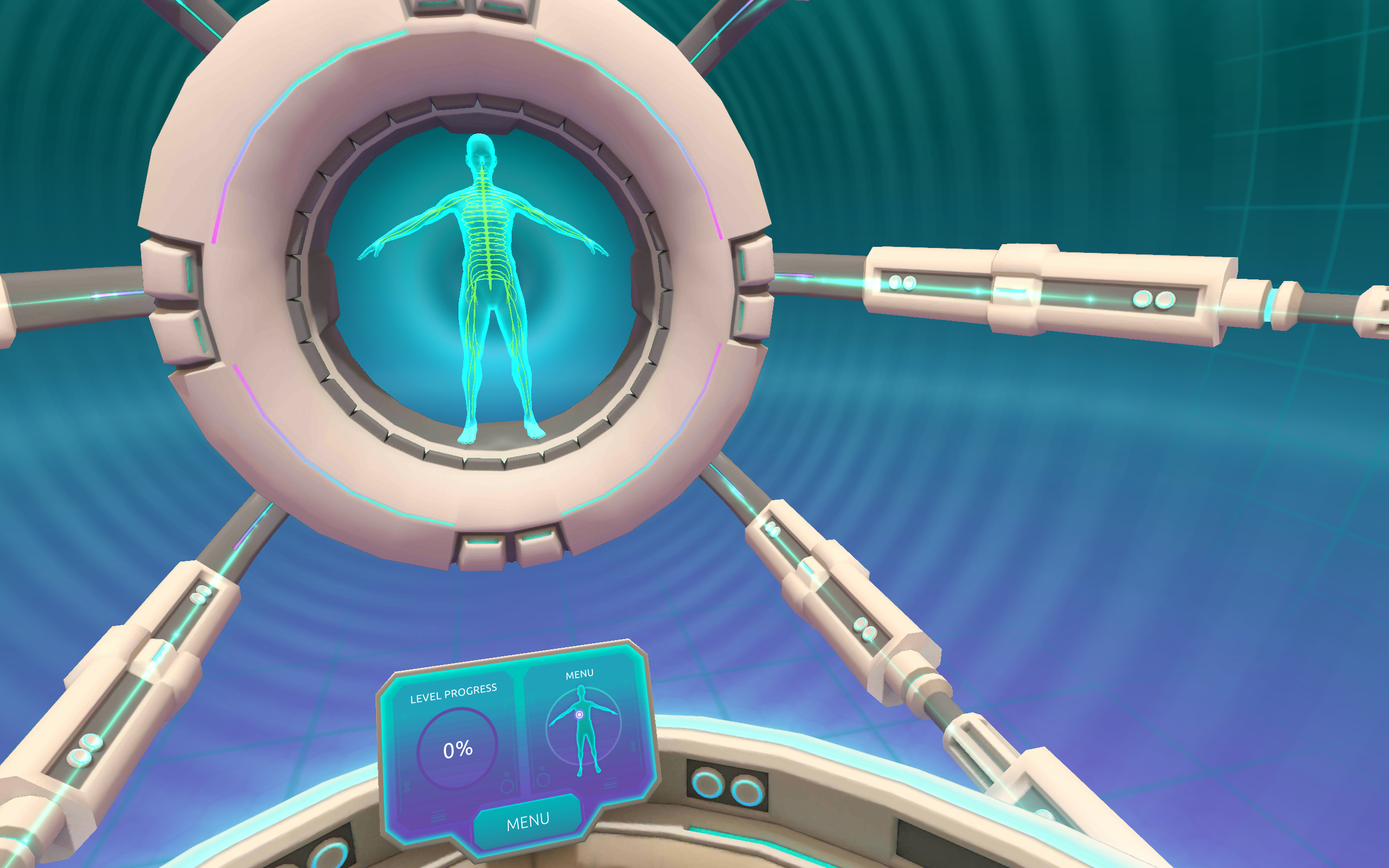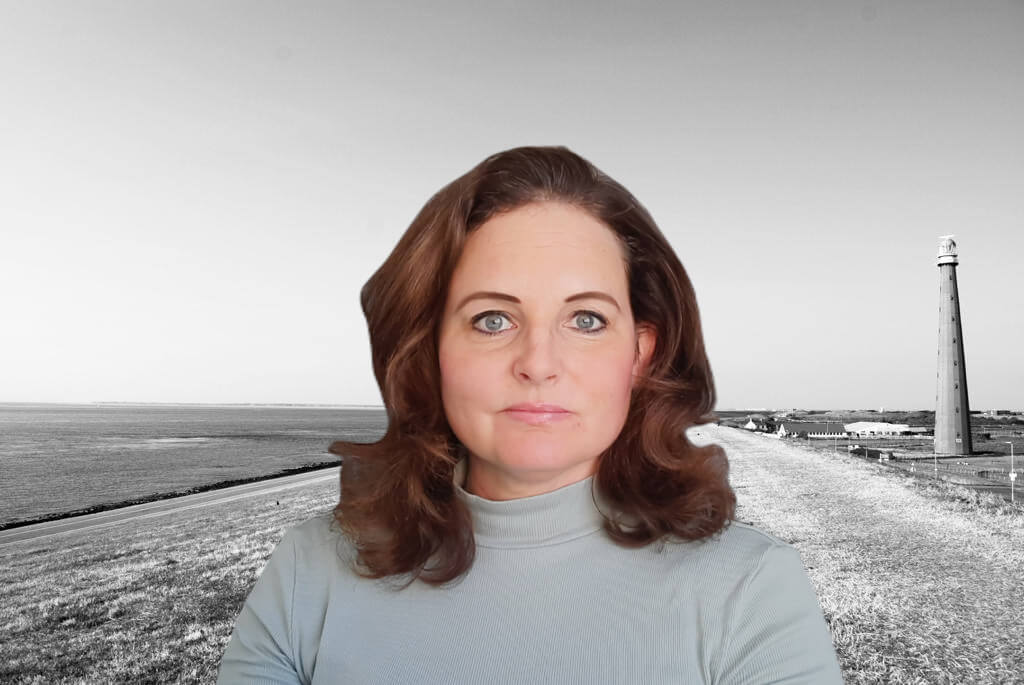
About Reducept
- Founders: Margryt Fennema and Louis Zantema
- Founded in: 2018
- Employees: 8-10
- Money raised: 1M investment, 400K subsidy
- Ultimate goal: Ridding the world of chronic pain.
The Dutch start-up Reducept has been around for a few years now. Together, founders Margryt Fennema and Louis Zantema developed the Reducept Method. This combines scientific insights about pain education, psychology with digital therapy. It is a complex, non-invasive treatment program aimed at reducing chronic pain without the use of medication. This makes use of Virtual Reality, among other things. Louis Zantema tells us more about this unique method for this instalment of our Start up of the day series.

What does Reducept do exactly?
“Reducept’s mission is to rid the world of chronic pain. We are doing this by developing a digital method that enables patients to gain a better understanding of their pain and learn to manage it themselves. Our Virtual Reality (VR) therapy Reducept plays an important role in this method. After all, pain always originates in the brain, and by using Reducept, we are training the brains of people who suffer from long-term pain.”
How did this idea come about?
“In the Netherlands, there is a huge number of people with chronic pain problems. An estimated 2.7 million in all. In my own work with this target group, I’ve noticed that education and psychological strategies can help these patients tremendously to alleviate their pain. However, less than 2 percent of patients nationwide are offered these types of interventions. There are simply not enough (pain) psychologists and finding their way to a psychologist is often perceived as difficult by patients as well.”
“This problem only really became clear when I met Margryt Fennema at the Leeuwarden Medical Center and we started working together for an innovation project – using the expertise of Margryt. Applying ‘design research’ principles that she taught me, it also became clear to me how willing these people are to try anything to get rid of their pain, and that we wanted to be able to offer more to them in this area.”
How did you proceed with things after that?
“We then actually started testing hypotheses step-by-step and working with patients to see what they needed when it came to expanding their pain treatment. There was already a lot of literature available on VR that is used in acute pain, but in trials we did with patients suffering from chronic pain, they also experienced VR as a very enjoyable distraction. After playing several VR games with patients, we found out more and more which interventions they were comfortable with. This is how we laid the foundation for our own VR therapy. In doing this, we not only wanted to use distraction as a way to alleviate pain. We also wanted to provide training and teach patients strategies to feel more in control of their pain.”

What are your plans for the future?
“Right now, we are gradually expanding Reducept. For example, we’re working on specific treatment protocols and how patients receive information at home. After validating these protocols, we will then expand our method to other countries. We are also working with research partners on the scientific validation of Reducept. Ultimately, we hope Reducept for chronic pain will become guideline care in the Netherlands and other countries that is reimbursed by health insurers. If that proves successful, it would be nice to develop similar digital therapies for other target groups in the future.”
What else would you like to accomplish?
“Our hope is that we can make people aware of the way in which the body and mind continuously work together and influence each other. Even with those ‘disorders’ that we tend to have only a medical view of. What you see happening a lot these days is that an ailment is put in the ‘physical’ or ‘mental’ box. Are you suffering from burn-out? Then it’s mental and you go to a psychologist. Are you in pain for a long time? Then it’s physical and you go to a doctor. While physical sensations go hand in hand with mental symptoms and vice versa. It’s great that there is less of a taboo regarding mental healthcare than there was a few decades ago, but now it’s time to see and treat mental and physical ailments in a more integral sense.”


